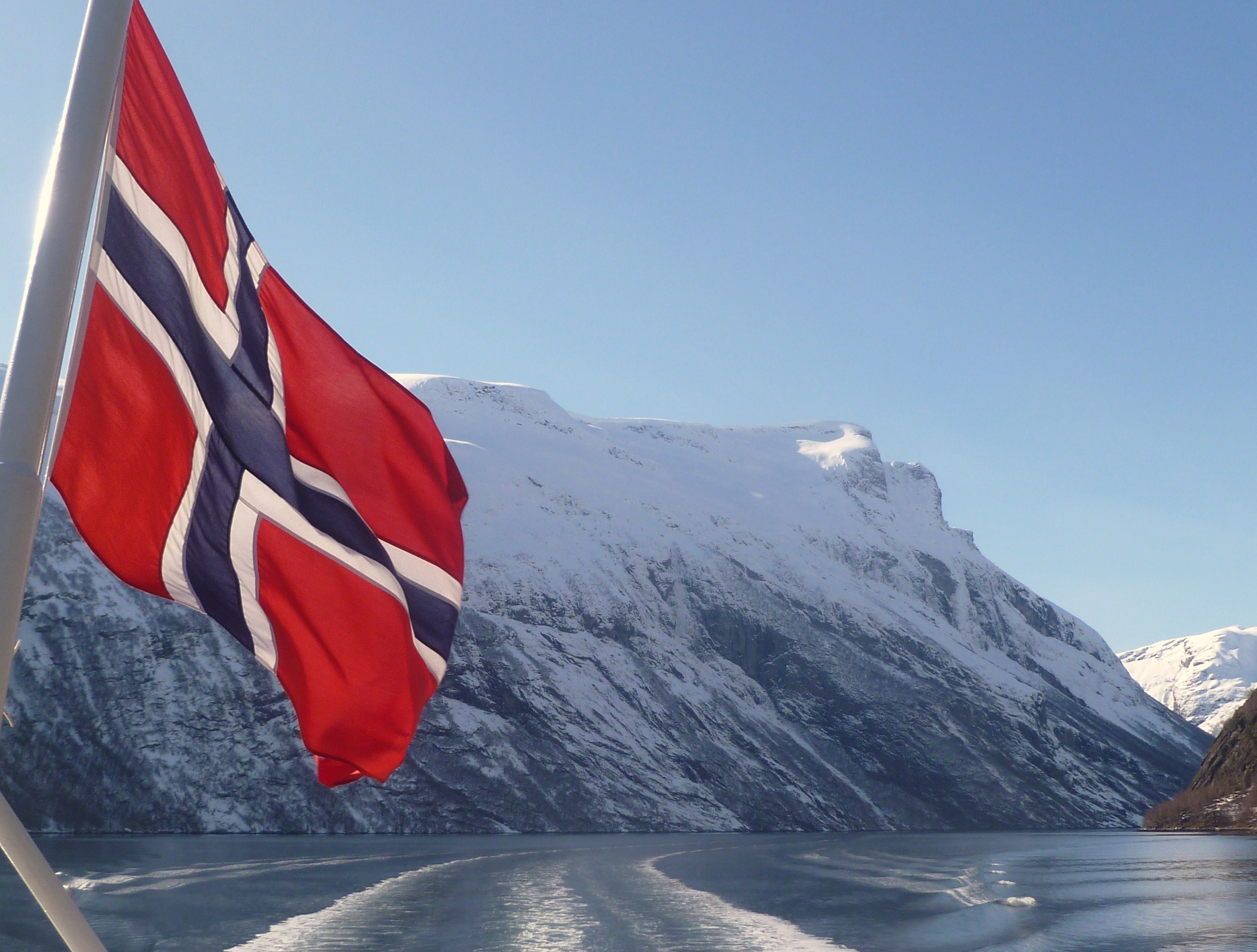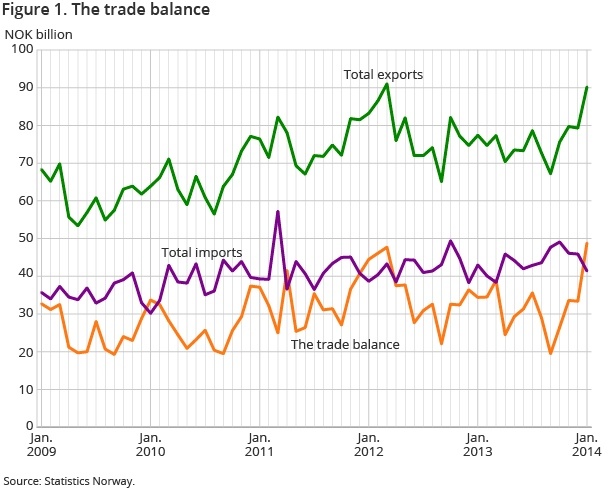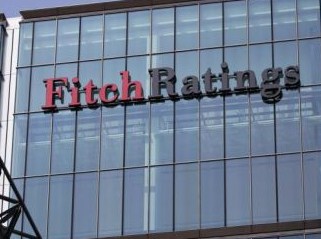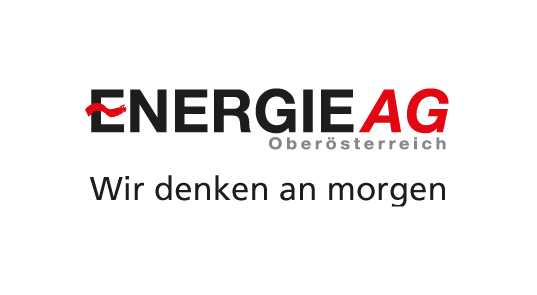BURKINA FASO, Février 2014
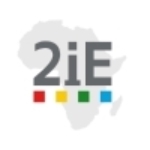 Institut International d’Ingénierie de l’Eau et de l’Environnement
Institut International d’Ingénierie de l’Eau et de l’Environnement
Rue de la Science – 01 BP 594 – Ouagadougou 01 – BURKINA FASO – IFU 00007748B; Tél. : (+226) 50. 49. 28. 00 – Fax : (+226) 50. 49. 28. 01 -Email : 2ie@2ie-edu.org – www.2ie-edu.org
- Pour une croissance partagée en Afrique
- Quand 1+1 font 3 : rétrospective sur le Green Start Up Challenge
- La campagne de FasoPro sur KissKissBankBank
Edito
Pour une croissance partagée en Afrique !
Venant des quatre coins du monde, l’écho d’une Afrique en pleine croissance, continent du siècle à venir, se fait ressentir avec de plus en plus de force. Cependant, pour être pérenne et faire définitivement taire la rumeur d’une « Afrique-désespoir », cette croissance ne pourra faire l’économie d’être inclusive, partagée et équilibrée, en un mot pourrait-t-on dire, portée par l’entrepreneuriat social.
Une conviction partagée par le Directeur de la Banque Africaine de Développement lors du Forum « Convergences 2015 », ainsi que par l’éminent économiste Muhammad Yunus, prix Nobel de la Paix 2006. Ce dernier, encourage en effet les Africains à développer ce système économique dont l‘objectif premier est d’améliorer les conditions de vie des populations grâce à la création d’entreprises sociales : « nous faisons des affaires pour résoudre les problèmes des populations afin d’améliorer leur existence », résume-t-il.
Si les chiffres affichés de la croissance dans les pays d’Afrique Subsaharienne sont encourageants, ayant conduits certains à qualifier le Burkina Faso de « petit Dragon », l’impact sur les populations, seul garant de la solidité du progrès économique, n’est pas encore avéré. Ainsi, la création de richesse, réelle, n’entraîne pas création d’emplois et cela doit nous interpeler. L’entrepreneuriat social, solution économique durable qui permet une création de richesse bénéficiant aux populations du continent africain, peut-être la solution pour remédier à ce constat.
De la parole aux actes.
Mais, au-delà de la promotion d’un modèle de développement ad hoc, permettant de constituer une solution adaptée à l’Afrique, il s’agit désormais de se donner les moyens de nos ambitions.
Car l’entrepreneuriat social ne deviendra pas une réalité en Afrique sans efforts ! Accompagner les entrepreneurs dans leurs démarches, développer l’esprit entrepreneurial, financer les travaux de recherche pour concevoir les prototypes, favoriser les mises en réseau et les partenariats … C’est sur ce terrain que 2iE s’est engagé, grâce à votre soutien.
Cette année déjà : un appel à projets, trois nouveaux entrepreneurs accompagnés, des aventures qui prennent vie et des dizaines d’étudiants investis dans le Parcours Entrepreneur … La cuvée 2014 s’annonce d’autant plus riche, car ce défi de l’entrepreneuriat social, nous souhaitons, réellement, le relever !
Bonne lecture.
Bernard BRÈS, Directeur du Technopôle 2iE
Le réseau aujourd’hui c’est



